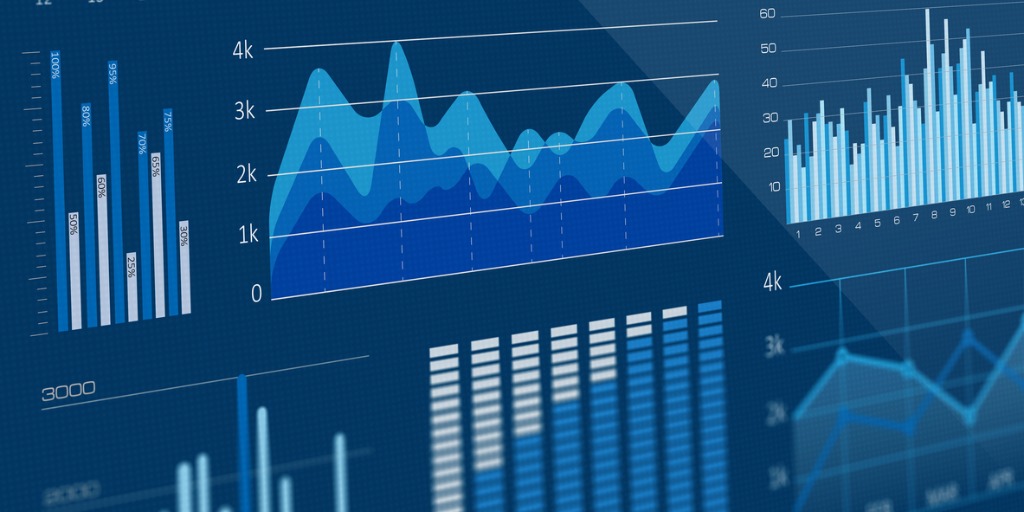ADVANCED STATISTICAL FORECASTING METHODS
25 November 2021 – Online Livestream via Zoom (9am to 5pm)
Practical and comprehensive workshop for management and practitioners – from data collection, segmentation and presentation to most often used statistical forecasting techniques that will improve your bottom line and increase your competitive position in the market.
There are many software packages in the market which have a built-in expert system that automatically selects the ‘best’ model (aka ‘best fit’) and then provides the resulting forecasts. However, with the expert system comes the danger of ‘black box’ forecasting. The model selected by software may or may not be the best one.
To avoid black box model building, it is important for forecasters to understand what goes behind each model, as well as how and why a given model is chosen. On this account, we will discuss in detail what goes behind each model. We will use real data examples throughout the course to give the live experience from variety of industry sectors. Our goal is to discuss those topics, which have a real application in business and are easy to apply.
Making improvements in Demand Management is one of the most critical factors to be able to attain a lean Supply Chain, since a clear correlation exists between High Forecast Error and Missing Market Share, Lost Sales, Dissatisfied Customers, Obsolescence or Wasted Expenditures.
This workshop also makes specific recommendations for those striving to move up the demand forecasting maturity curve by providing you with new tools that speed up the validation of your data used for forecasting, increasing effectiveness of use of the software you have invested in and significantly increasing productivity of your forecasting staff.
Key Benefits:
• Establish a process for effective forecasting.
• Select the forecasting and analytical techniques most appropriate for any given forecasting problem.
• Learn how to analyse historical data fast and accurately to improve statistical forecast quality and accuracy.
• Understand how to evaluate performance of a statistical model.
• Learn how to interpret ‘residuals’ and model diagnostics to support effective model-building effort.
• Benefit from understanding techniques of combining various forecasts to improve forecast accuracy and stability.
• Learn the ways to incorporate market data into statistical forecasting.
• Explore various techniques used to transform data to improve the quality of statistical forecast.
• Understand various trends and how they impact your forecasts.
• Gain understanding of how to forecast during pandemic and recessionary times.

